Have you ever settled in to watch your favorite TV episode or movie only to become annoyed by the never-ending spinning wheel and the awful phrase “Buffering” on your screen? You’re not the only one who has wondered, “Why does my TV keep buffering?” The universal problem of buffering annoys TV watchers everywhere.
First, check your internet connection, then upgrade for faster access. By unplugging other devices, you can lower network traffic. Secondly, Clear the cache and cookies on your streaming application and browser to optimize speed. Lastly, Ensure the firmware on your smart TV or streaming device is current.
Below, we’ll expand on these solutions. So, let’s get started and wave goodbye to the blues of buffering.
See Also: 7 Best Money-Earning Apps Without Investment in 2023
What is buffering on TV?
Anyone who streams information on their television is likely aware of the phrase “buffering,” but what precisely is it, and why does it happen? In its simplest form, Buffering temporarily stores visual or audio data on your device before playback. 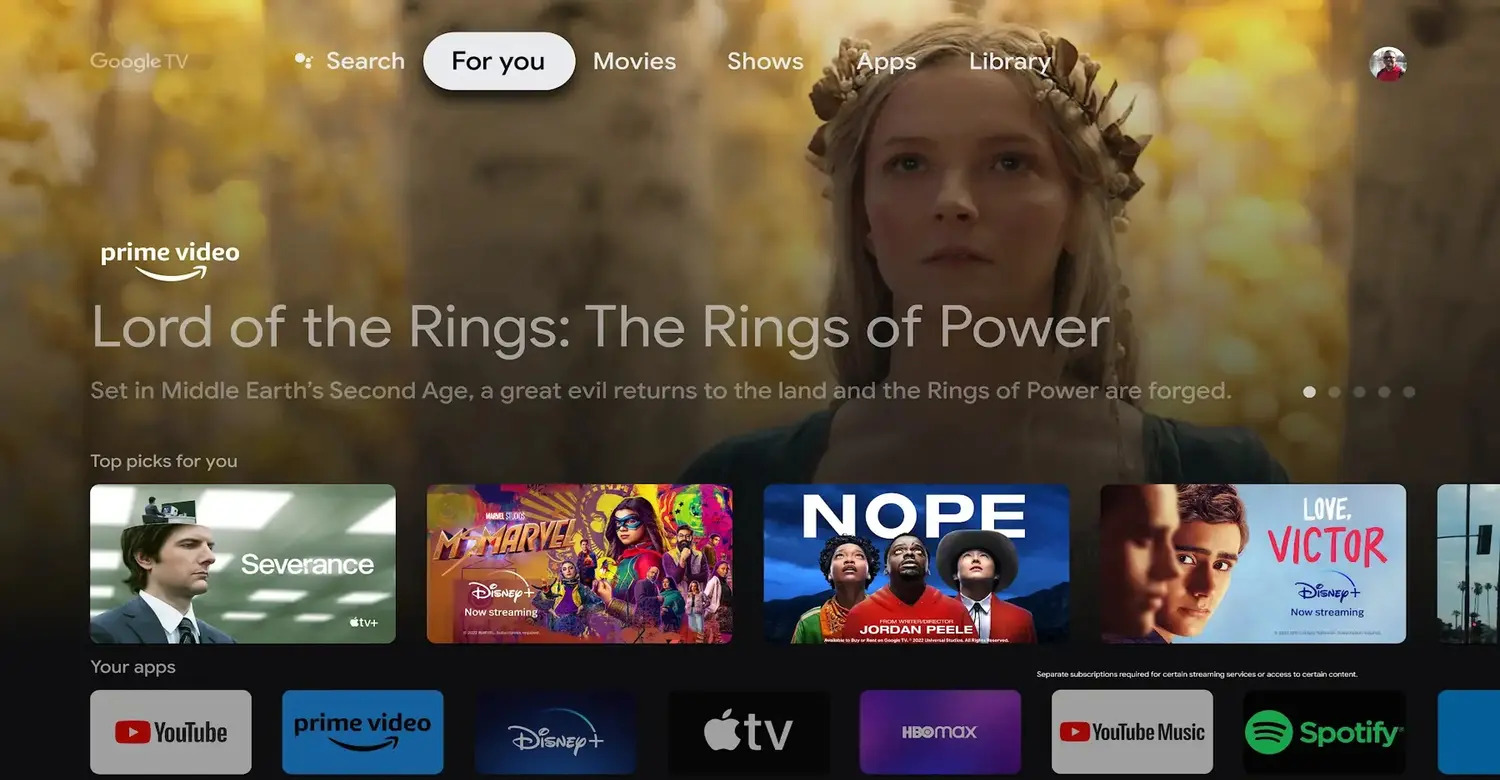
It happens because smooth playing requires a constant flow of data, which can be interrupted by several circumstances for streaming services. Is your Youtube TV bufferring, check this out.
Why do my TV keep buffering?
When you find yourself in a situation of “Why does my TV keep buffering?” or “why is my tv buffering?” your internet connection’s speed and reliability are two significant causes of buffering. To gather enough data to play uninterruptedly, your device might need to halt playback if your connection is sluggish or prone to oscillations. High-quality video streams use more data and may worsen the problem.
Network congestion is another aspect that leads to buffering. A lack of available bandwidth for streaming might cause buffering if numerous devices are utilizing your internet connection at once for bandwidth-intensive activities like downloading huge files or playing online games. 
Additionally, buffering might be affected by the device you’re using to stream material. High-definition streaming may be brutal for older devices with little processing power to manage, leading to disruptions.
Common Reasons Why Your TV Keeps Buffering
When you are confused and wondering, “Why does my TV keep buffering?” or “what is buffering on tv?” it might be easier to fix this problem if you know the typical causes. The following three leading causes are the main reasons for buffering TV:
Internet Speed and Stability
Your internet connection’s speed and reliability are among the leading causes of buffering tv issues. High-resolution streaming of video material needs a steady stream of data. Buffering disruptions happen when your internet speed is inadequate or unstable. 
Consider changing your internet plan to one with a quicker speed, or speak with your service provider to make sure you’re receiving the bandwidth you’ve paid for to fix this.
Additionally, ensure your Wi-Fi router is positioned strategically for maximum signal strength to minimize signal losses. If your TV not even turning on, Click Here.
Multiple Device Usage
Multiple devices utilizing your internet connection at once frequently cause TV stuttering. Network congestion can result from several devices, such as smartphones, computers, tablets, and game consoles, fighting for the same bandwidth. 
Because of this traffic, streaming services struggle to maintain a constant data flow, which leads to annoying buffering intervals. Prioritise streaming activities by stopping or reducing bandwidth-hungry activity on other devices while watching TV to help solve this problem.
A quality router with Quality of Service (QoS) settings can also aid in effectively allocating bandwidth.
Streaming in High Quality
Despite outstanding visual quality, high-definition (HD) and 4K entertainment need much more bandwidth to stream smoothly. Your TV can have buffering troubles if your internet connection needs to be stronger. 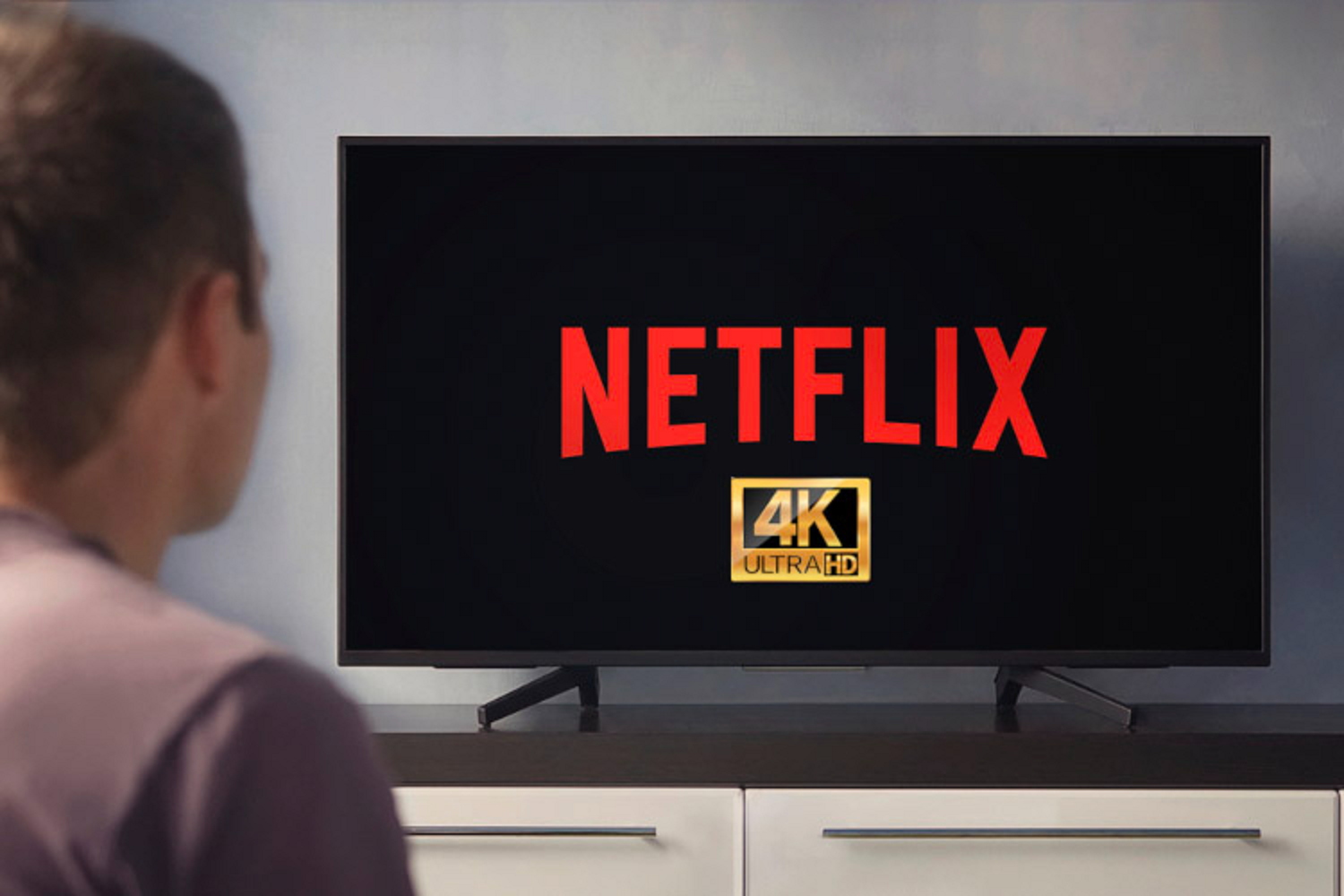
Consider modifying your streaming quality settings to solve this issue. The video quality may be manually changed to a lower resolution on streaming services, which lowers the amount of data needed for streaming.
This can make watching more pleasurable while also assisting in preventing buffering.
See Also: Netflix App Crashing On Roku TV? Solutions For Streaming Stability
How to Check Your Internet Speed
It’s essential to ascertain your internet speed before “Why does my TV keep buffering?”. 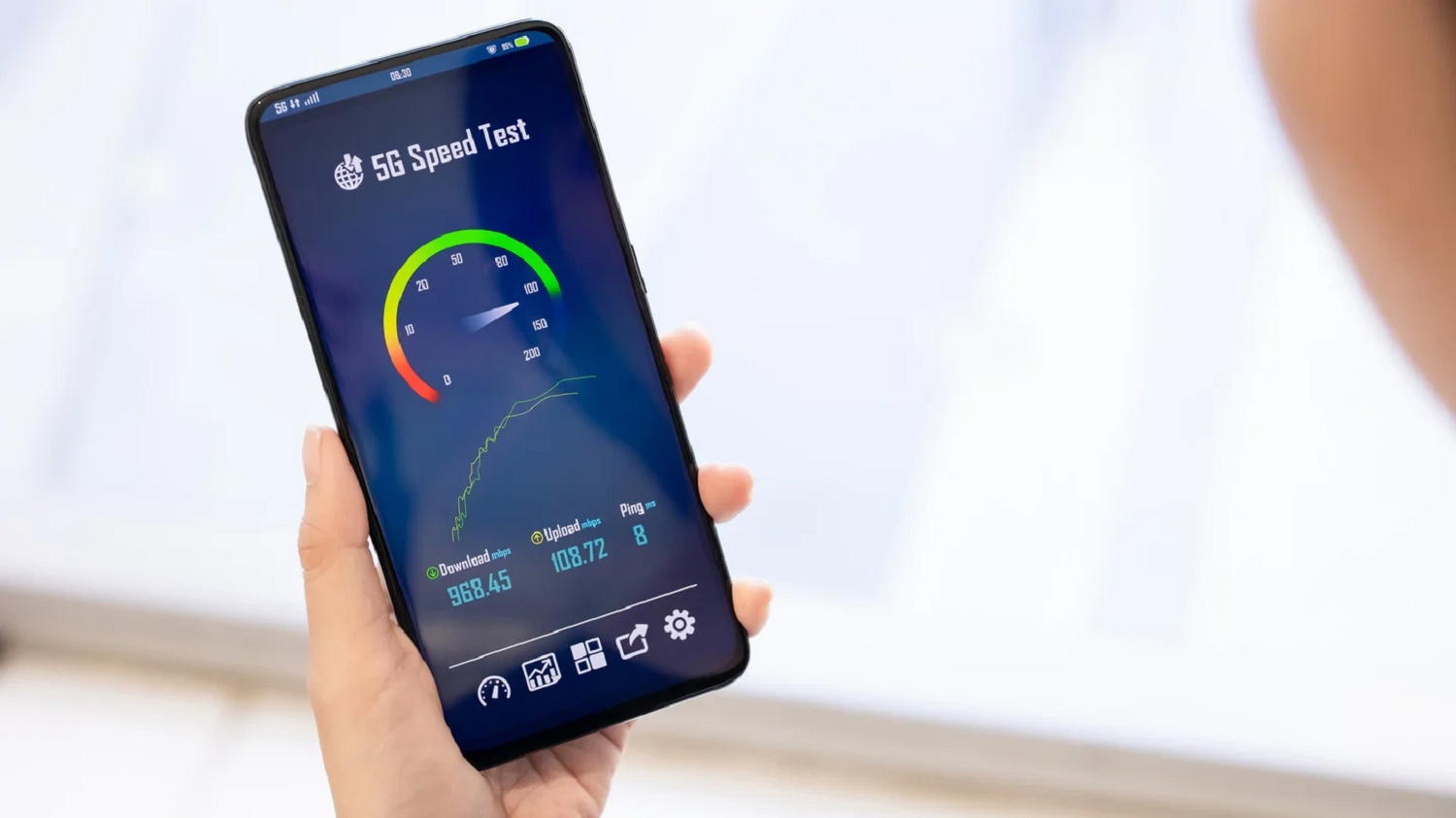 Here is a simple guide to understanding what you need for various streaming levels and how to verify your internet speed:
Here is a simple guide to understanding what you need for various streaming levels and how to verify your internet speed:
Pick a Reliable Website for Speed Testing
Several websites and programs may measure your internet speed. Popular choices include Google’s “Speed Test,” Fast.com by Netflix, and Speedtest by Ookla.  Utilize your web browser to visit one of these websites.
Utilize your web browser to visit one of these websites.
Run the speed test
The speed testing website’s “Start” or “Go” button should be clicked. The instrument will gauge the upload and download speeds of your internet.  For streaming, download speed is more important.
For streaming, download speed is more important.
Understand the Results
When the test is finished, you will receive your internet speed results in megabits per second (Mbps). This value indicates the data transmission rate over your connection.
Speed Requirements for Various Streaming Qualities
Here are the minimum internet speeds advised for various streaming levels to have a fluid stream without buffering: 
- Standard Definition (SD): A download speed of 3 Mbps or more is required for SD streaming. Older TVs and displays with lesser resolutions can use this quality.
- High Definition (HD): Aim for a download speed of at least 5 Mbps to stream material in HD. This will result in clear and sharp graphics on most current TVs.
- 4K Ultra High Definition (UHD): If you like 4K streaming, you’ll need a strong connection with a minimum download speed of 25 Mbps.
See Also: Netflix Code NW-8-19: Understanding And Resolving The Error
Ways to Improve Internet Connectivity
These helpful hints can help you improve Wi-Fi reliability and internet speed:
Upgrade Your Internet Plan
If your current internet plan isn’t sufficient for your requirements, think about switching to a faster tier.
To find solutions that fit your consumption needs, contact your service provider.
Optimise Wi-Fi Router Location
Place your Wi-Fi router in the middle of your house to provide optimal coverage. In addition, Place it away from walls and other obstacles; don’t tuck it in a closet or cupboard. 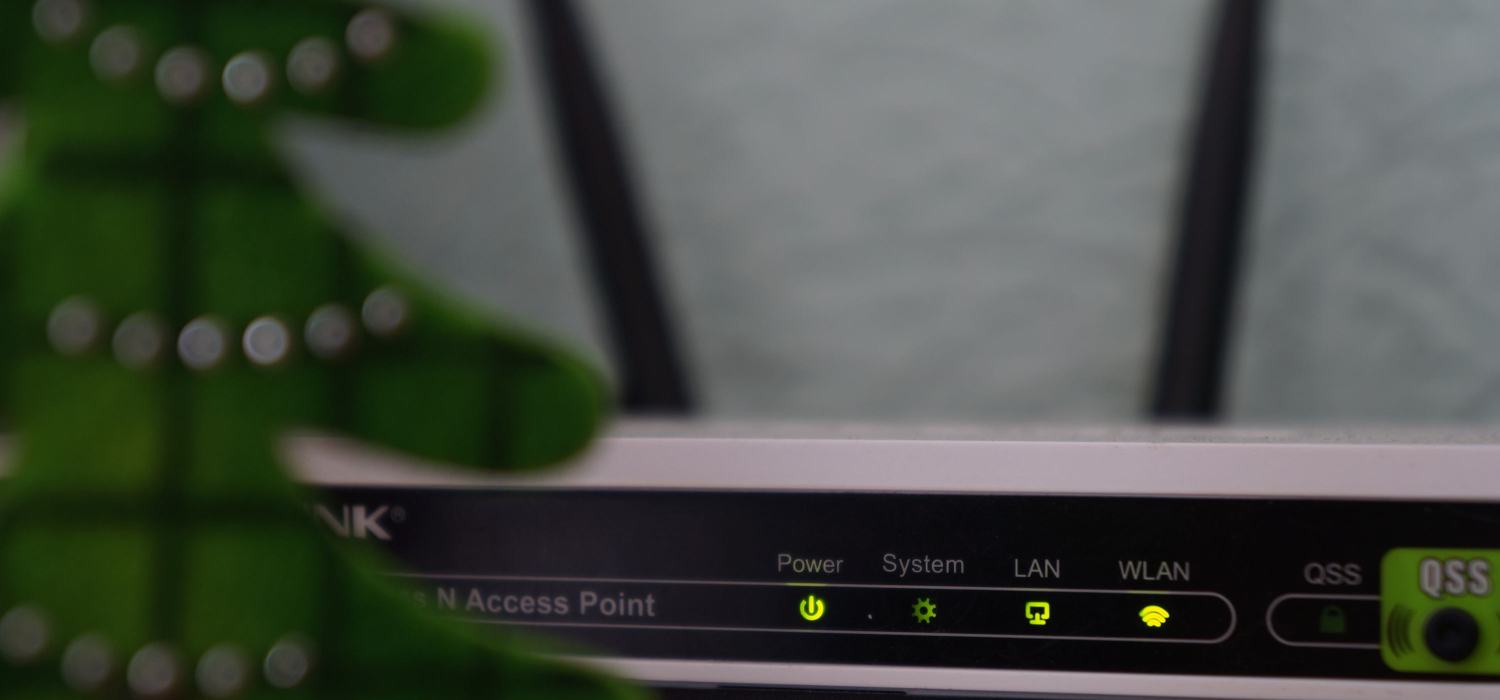
Signal strength can also be increased by elevating the router.
Protect Your Wi-Fi Network
To stop unauthorized access, secure your Wi-Fi network using a robust and one-of-a-kind password. 
By doing this, you can prevent anyone from stealing bandwidth from your connection and reserving it only for your devices.
Use High-Quality Router and Modem Equipment
To guarantee dependable performance, spend money on a high-quality router and modem set. 
Modern technology delivers quicker speeds and a more comprehensive signal range.
Lessen Interference
Limit the amount of interference from other electrical devices. Bluetooth devices, cordless phones, and microwave ovens can interfere with Wi-Fi signals. 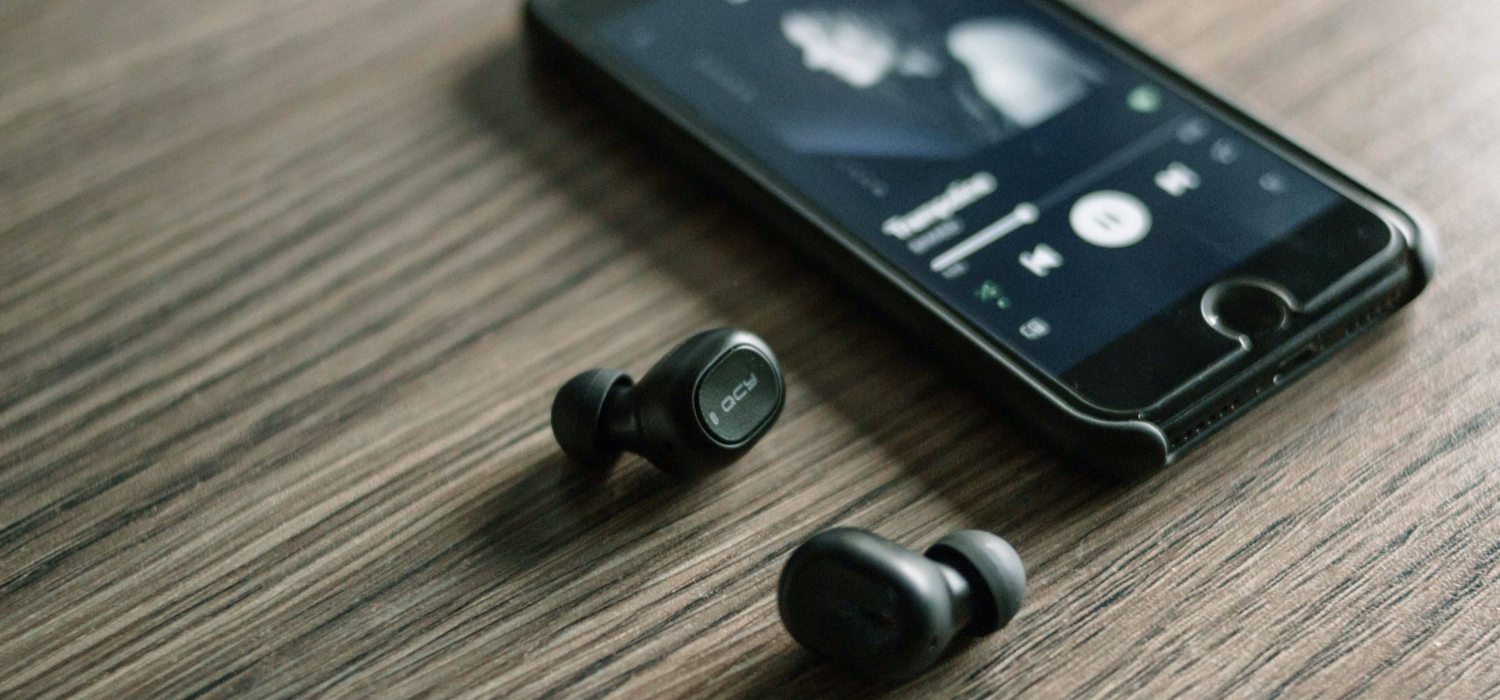
Do not let them near your TV or router.
Enable Quality of Service (QoS) settings
If your router has this feature, enable it. With QoS, it is possible to ensure that streaming video receives priority for a more streamlined experience. 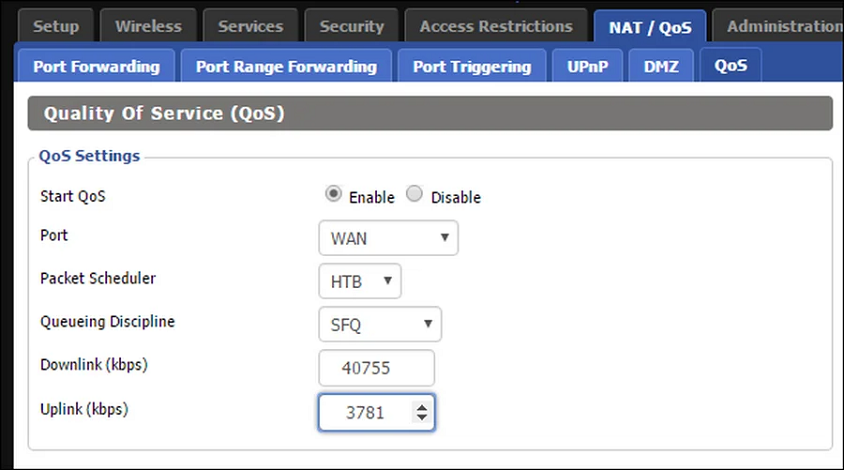
Update Router Firmware
To guarantee that your router has the most recent security and performance improvements, update the firmware regularly. 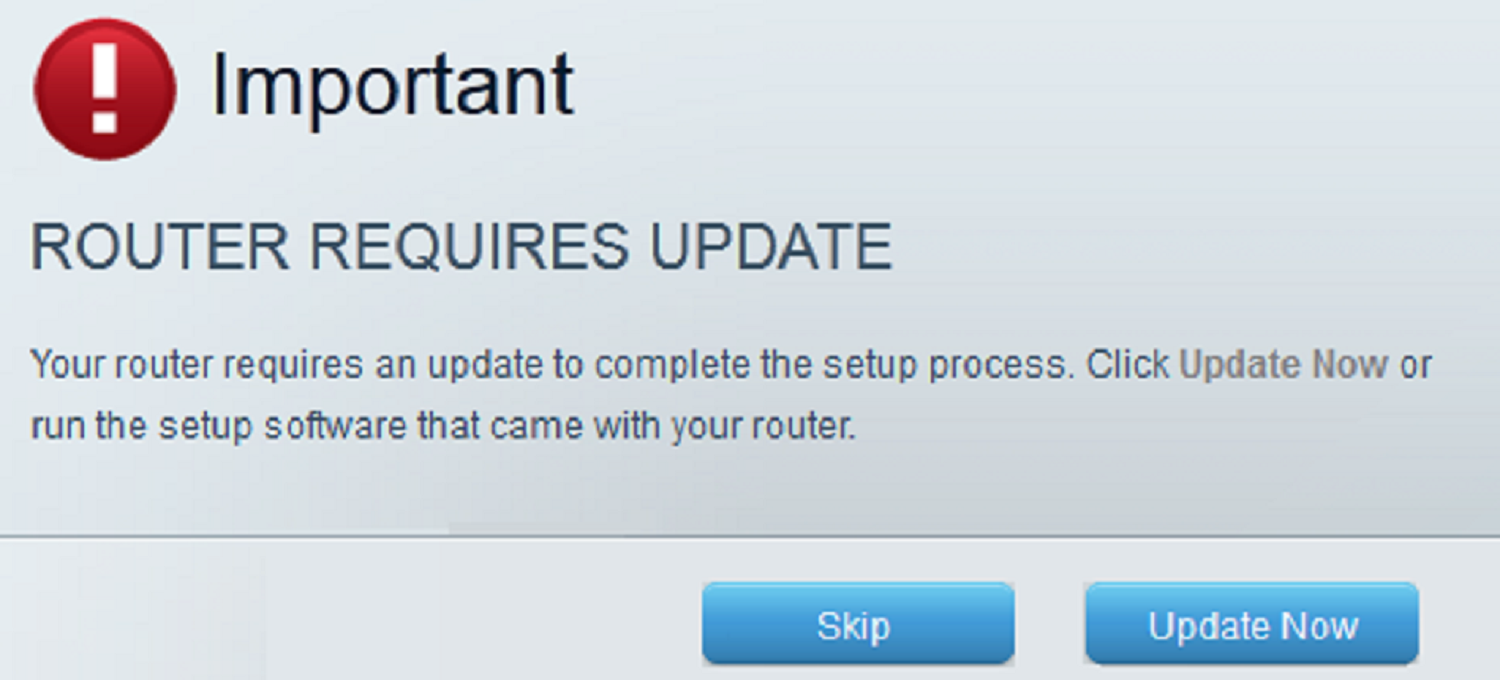
For updates, see the manufacturer’s website.
See Also: Blinking Ethernet Light On Modem: What It Means And How To Fix
Managing Device Usage for Stable Streaming
Keeping an eye on how many devices are connected to your network is essential for guaranteeing consistent streaming on your TV. Here’s how to maintain a balanced stream while striking the right balance:
Give streaming devices priority
Give streaming devices top priority if you have several connected devices to your network. You may adjust your router’s Quality of Service (QoS) settings, giving particular devices or activities more bandwidth. 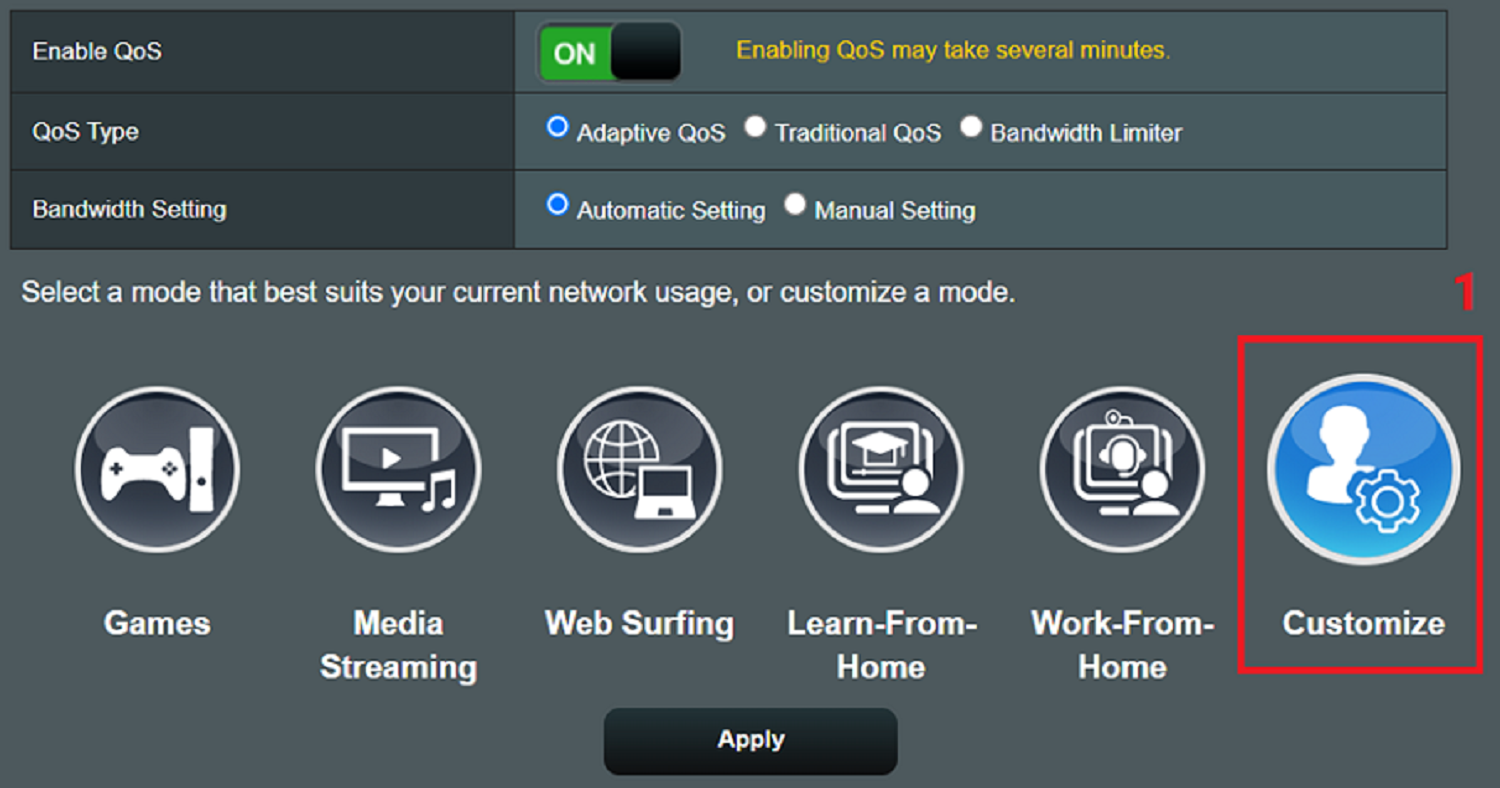
Setting your smart TV or streaming device as a priority guarantees that it receives the required bandwidth for continuous streaming.
Unplug unused equipment
Check your network frequently for obsolete or redundant equipment. 
Therefore, When not in use, disconnecting or shutting off gadgets like laptops, tablets, or cell phones might free up bandwidth for your TV.
Schedule updates and downloads
Plan big downloads, upgrades, or backups when you’re not actively streaming content to your TV during off-peak times. 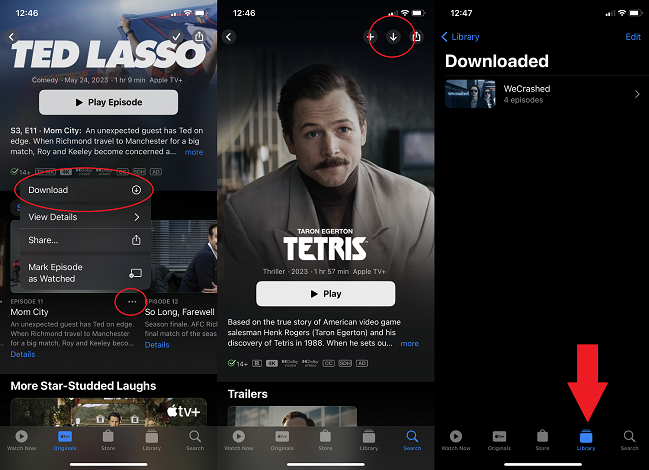
By doing this, these activities will only use up some of your bandwidth during peak viewing hours.
Restrict background actions
Be aware of background computer and gadget activity. Conversely, Background processes can use bandwidth, including cloud synchronization, automated backups, and software upgrades. 
Reduce background data use by adjusting device settings.
Establish Data constraints and Restrictions
Some routers let you specify data constraints or restrictions for particular devices.  Further, This can be useful for restricting bandwidth-intensive activities on devices that don’t need them, freeing up more bandwidth for streaming.
Further, This can be useful for restricting bandwidth-intensive activities on devices that don’t need them, freeing up more bandwidth for streaming.
See Also: Are Disney Plus Servers Down? Find Out Now And Never Miss Your Favorite Shows!
Choosing the Right Streaming Quality
Choosing the right streaming quality based on internet speed is crucial for a fluid streaming experience without buffering. Here is a guide to assist you in making the best decision:
Check Your Internet Speed
Start by performing an internet speed test to find out your download speed. 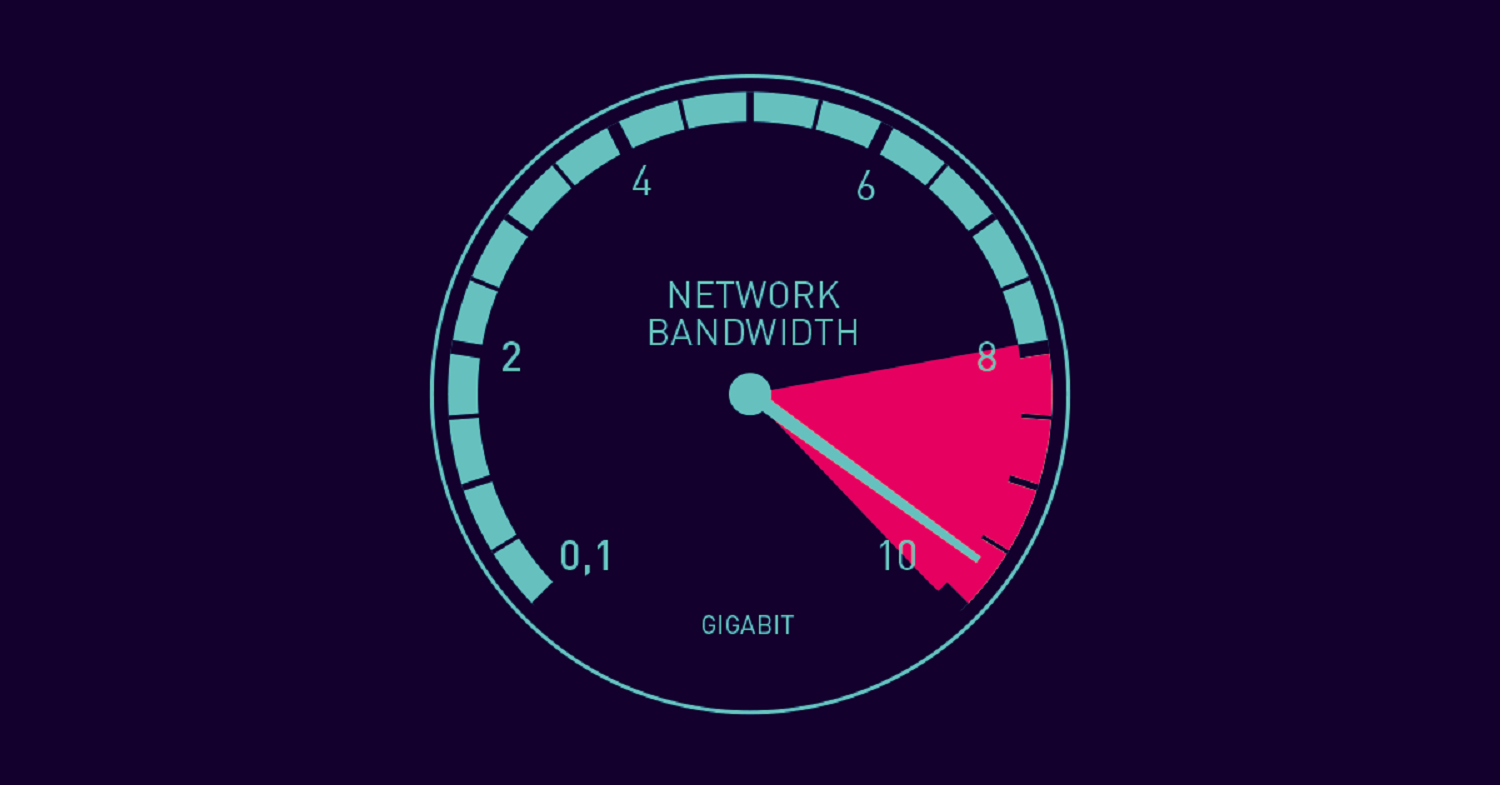
This critical step makes sure you are aware of the available streaming bandwidth.
Change the streaming settings
You may manually alter the streaming quality on websites like Netflix, Amazon Prime Video, or YouTube by navigating to your account settings. Select a quality that is compatible with your internet speed. 
Some platforms provide adaptive streaming, automatically changing the quality based on available bandwidth to avoid buffering if your internet connection varies.
Think about Data Usage
Remember that settings with more excellent quality use more data. 
When choosing more outstanding streaming quality, be aware of your data use if your internet plan has a data cap.
Experiment to Find the Right Balance
If you need clarification on which quality to use, start with a lower level and raise it progressively until smooth playing is experienced. 
The trick is striking the ideal mix between video quality and nonstop streaming.
See Also: How To Fix Vizio TV Not Responding To Remote? [Easy Guide]
Troubleshooting Persistent Buffering Issues
It might be frustrating when the TV keeps buffering, but worry not—you can take measures to analyze and fix these problems. Regardless, The following thorough tutorial will assist you in enjoying continuous streaming:
Run Tests on Different Devices
Verify whether the buffering only affects one device or all devices. 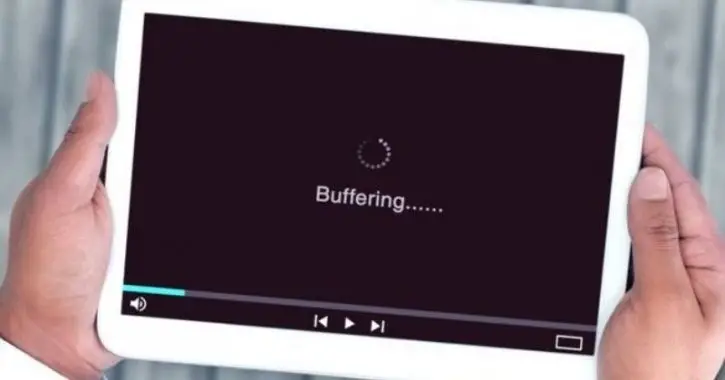
If it just affects one particular device, there can be problems with its hardware or connectivity.
Reboot your router and modem
Unplug your modem and router, wait 30 seconds, then plug them back in to restart your network’s power supply.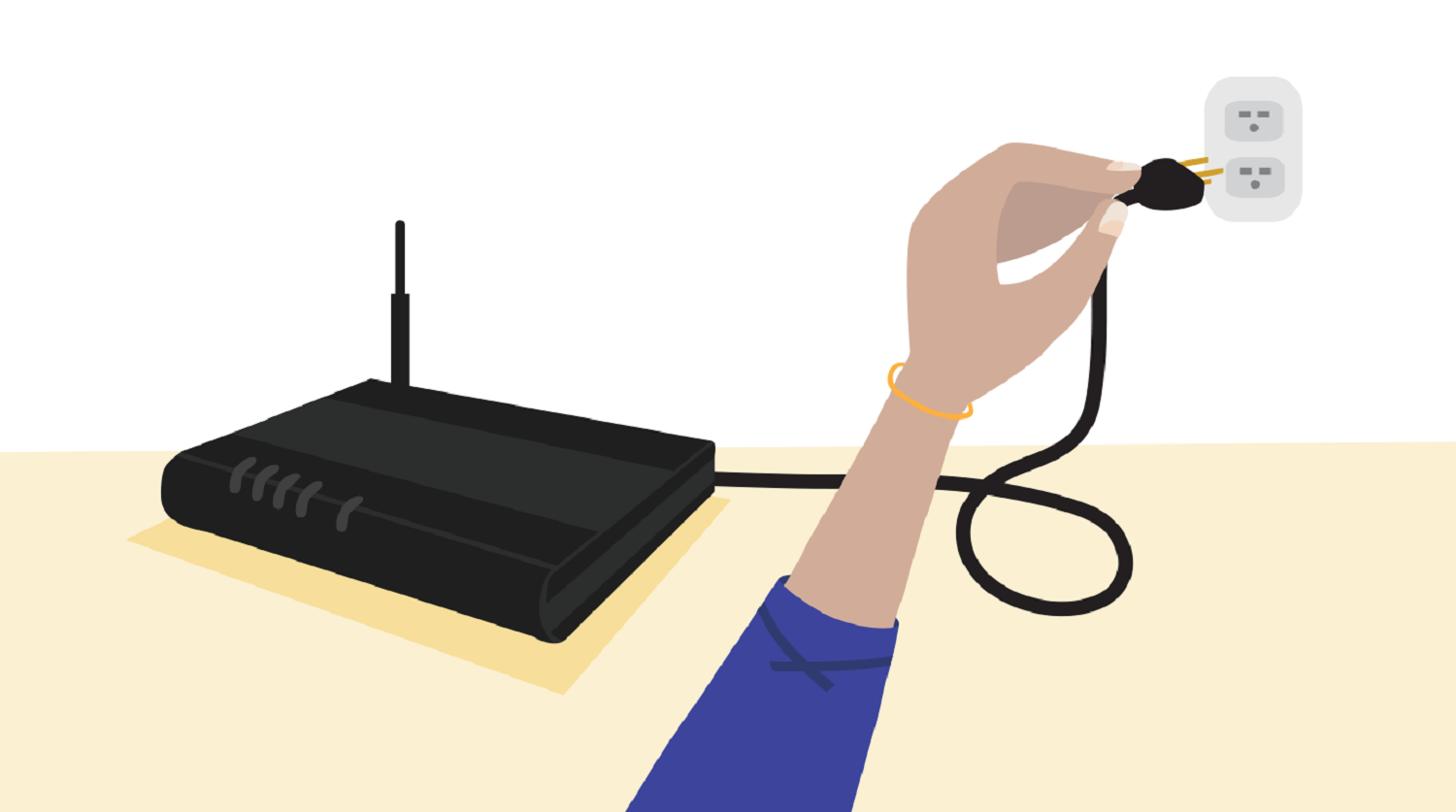
This can fix minor connection problems.
Connect using Ethernet
Ethernet cables connect directly to the router for stationary devices like smart TVs or game consoles. 
Compared to Wi-Fi, this frequently offers a more reliable and swifter connection.
Manage Network Traffic
Set your network’s Quality of Service (QoS) settings to prioritize streaming activities.  Therefore, While streaming, restrict or suspend data-intensive downloads, uploads, or other operations on other devices.
Therefore, While streaming, restrict or suspend data-intensive downloads, uploads, or other operations on other devices.
Update the Firmware or Streaming App
Ensure your streaming app and device load the most recent firmware and upgrades.
Nevertheless, Compatibility problems may be caused by outdated software.
Boost Wi-Fi Signal
Your router’s Wi-Fi signal will be stronger if you move it to a central, free-from-obstacle area. 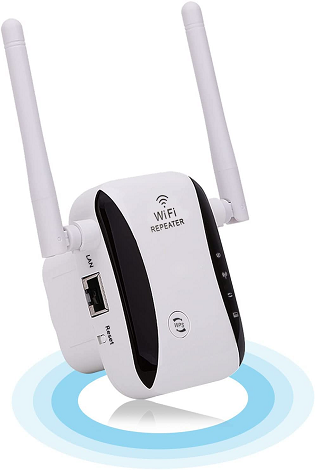
If necessary, think about utilizing Wi-Fi range extenders.
Delete Cookies and Cache
Clear the cache and cookies on your web browser or streaming app regularly. 
Additionally, This could enhance how well an app performs.
When to Seek Professional Help
While many network problems may be fixed by performing your troubleshooting, there are some situations when hiring a professional is required: 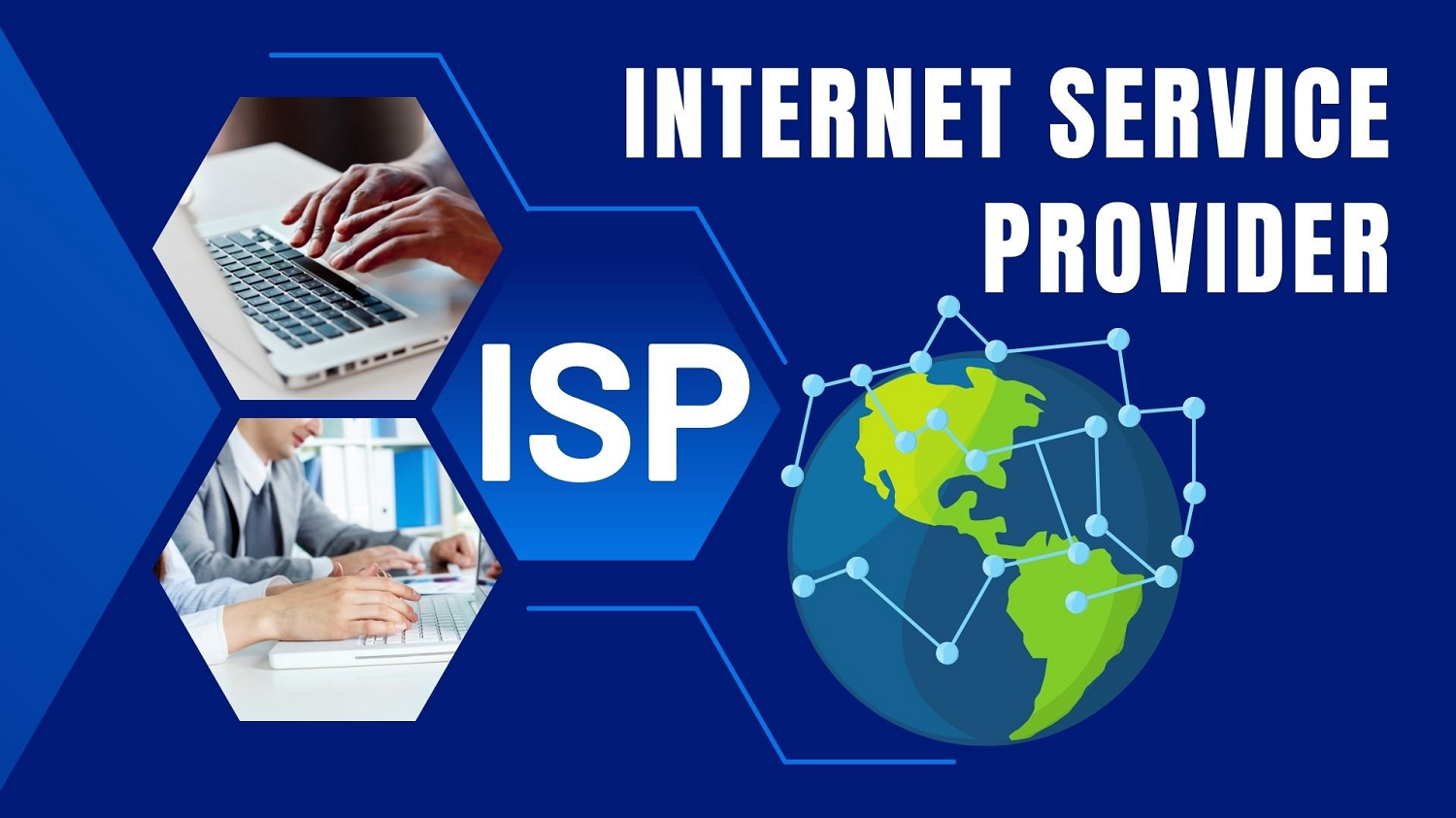
- Persistent and Unresolved Buffering: If you’ve attempted all the troubleshooting techniques and buffering problems still exist, a certified network specialist is required if your network has a more severe problem.
- Repeated Network Outages: If your internet connection is repeatedly interrupted or loses service, it may result from circumstances beyond your control, such as infrastructure difficulties with your Internet Service Provider.
- Slow connection speeds: If, despite your best efforts, your internet speed routinely falls well below what you’re paying for, it may be time to see your ISP or a network expert to diagnose and resolve the issue.
- Complex Network Setup: If your network design involves several routers, switches, and networked devices, expert assistance can help you optimize it for increased performance and stability.
See Also: What Good Is Wifi Without Internet? Understanding Basics
FAQ
Why is my TV buffering?
Buffering occurs when your TV has to download data before playing a video. Hence, Your internet speed may need to be faster to allow the data required to download if your tv keeps buffering.
What is buffering used for?
Buffering enables videos to begin playing before being downloaded, improving streaming efficiency. With buffering, the video may continue to play even if the internet connection falters momentarily.
Can a VPN prevent a buffering?
Yes, a VPN can aid in preventing buffering. Your internet provider may reduce your speed if you stream a lot of media. However, a VPN prevents your service provider from knowing what you're doing, which prevents them from slowing you down and reduces buffering.
Which buffering capacity is best?
The quantity of the chemicals employed determines the buffer's strength. In particular, The buffer functions better when these substances are present in more significant concentrations. Thus, The ideal buffer is one whose pH is the same as the pKa value of the acid employed to produce it.
Conclusion
In conclusion, Determining your internet speed, controlling device usage, and selecting the appropriate streaming quality is necessary to resolve buffering difficulties and set up your network for uninterrupted viewing.
There are several ways to solve chronic buffering issues; however, expert assistance may be required in complicated or persistent situations. Also, For an uninterrupted TV-watching experience, a reliable internet connection and effective network administration are essential.
However, You can avoid the annoyance of frequent buffering disruptions by using these suggestions and getting expert help to ensure a seamless and comfortable streaming experience. Therefore, you will be prepared to address the issue adequately the next time you wonder, “Why does my TV keep buffering?”
If your tubi keeps Buffering, Check This.

Mauro Huculak: Technical writer specializing in Windows 10 and related technologies. Microsoft MVP with extensive IT background and certifications.
